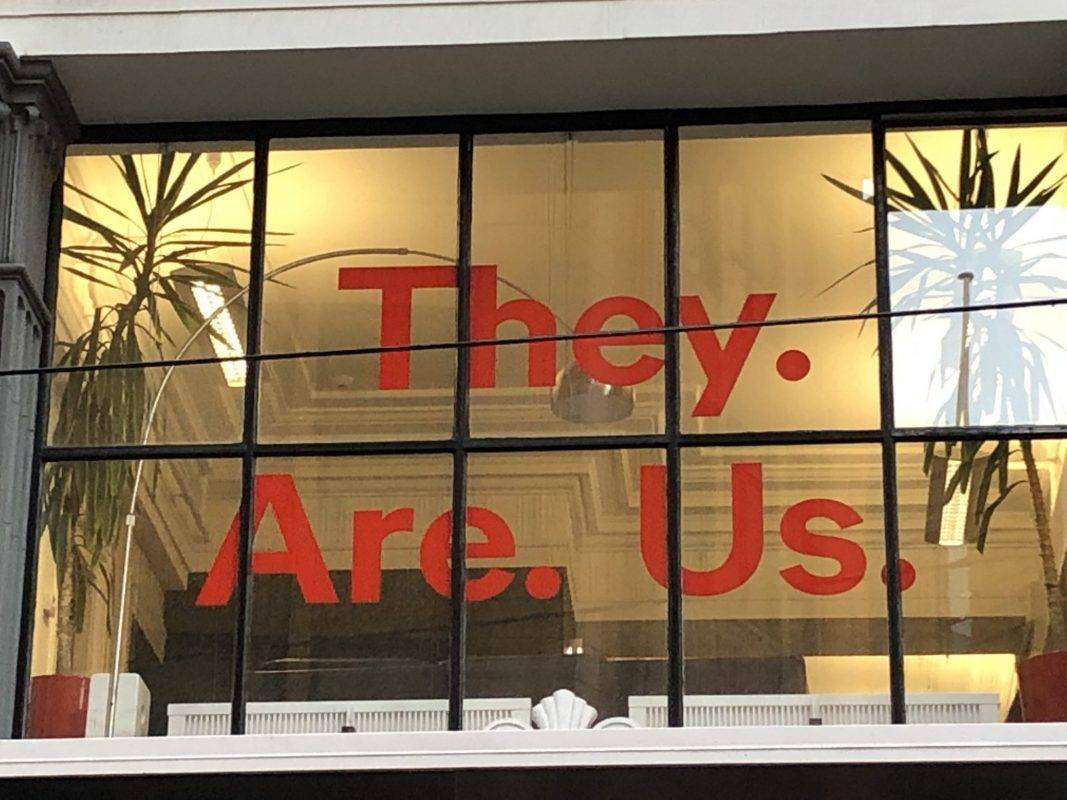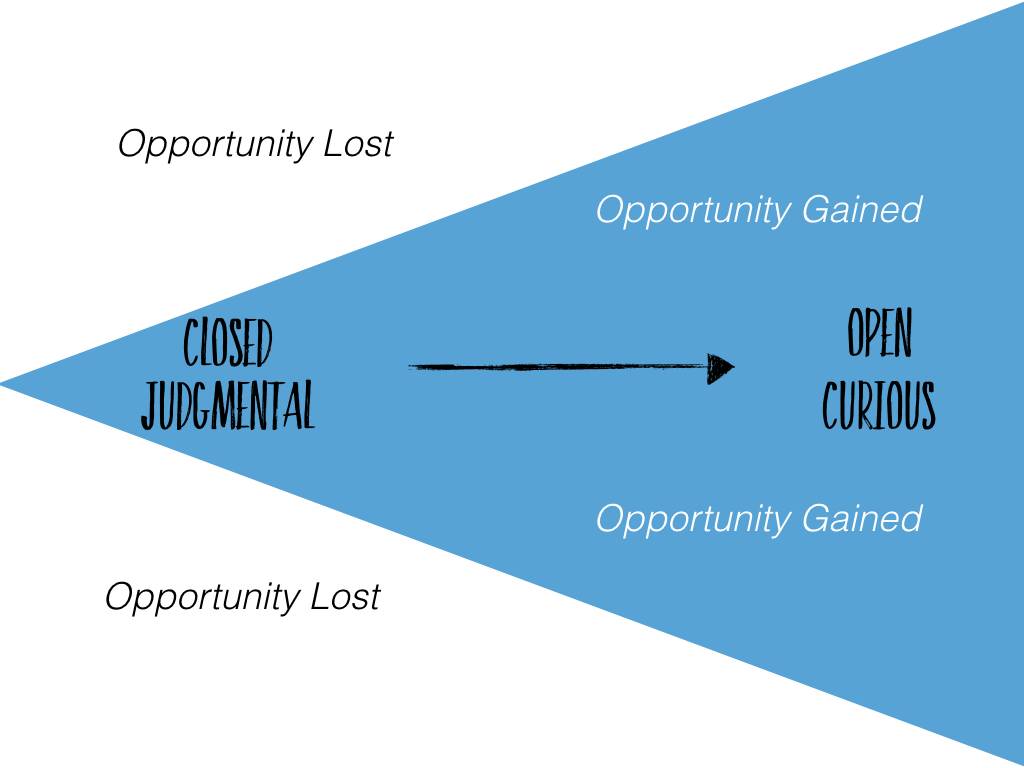
Being with Difference.
11th Apr 2019Following the shocking events in Christchurch in March this year, I’ve been reflecting on ‘being with difference.’ It’s hard for me to comprehend how someone could go to such extremes, and I’ve found myself in a strong state of judgment about the shooter’s behaviour. Probably like most of us.
And as I notice my judgment, it’s led me to think about how easily I put someone who clearly thinks and acts in a different way to me in a category called ‘the other’. That guy. He’s clearly not one of us.
And that led me to think about how intolerance for ‘the others’ limits possibility for learning, growth and positive change. Clearly, the shooter’s intolerance of ‘the others’ led to his extreme action. And, in a similar but less extreme vein, my categorisation of him as ‘the other’ is probably limiting my own learning.
When we see someone as different from us, we have two choices: we can rush to judgment, categorise them (eg ‘weird’, ‘difficult’, ‘annoying’), and keep them apart from us as ‘the other’. Or, we can be curious about that difference, lean in and learn.
We can be closed off to possibility and learning. Or we can be open to it.

Culturally, our human species has thrived by organising into smaller groups rather than larger groups. Our brains are wired to relate more easily to a smaller number of people rather than a larger number. ‘Dunbar’s number’ of around 150 people is the maximum number that most of us can effectively hold meaningful relationships with.
All of these ideas suggest that if our identity is associated with one particular tribe, it’s natural for people not in that tribe to be seen as ‘the other’. The different ones. Them, not us.
And I reckon there’s a big opportunity lost in being too tribal.

The white space is what happens when we’re too closed. When we’re open and curious to ‘the other’, we get more of the blue space happening.
In times of change and messiness (like right now), the ones who tend to be more effective are those who are more comfortable with difference. Rob Cross’ research on leadership networks shows us that leaders who can activate diverse, boundary-spanning networks are the most effective when it comes to tackling complex challenges. My own research on leaders who complete my Leadership Network Diagnostic shows that most leaders don’t have nearly enough people in their ‘Discover’ category. And my experience shows me that Heat Seekers – those who lean into difference – are the most highly rated when it comes to leading in change. We learn, innovate and evolve from what difference teaches us.
How to be with difference?
A friend of mine reminded me today that “everyone’s behaviour makes sense to them.” Just because it doesn’t make sense to you, doesn’t mean it’s not valid. They doing what they do for a reason. Another friend, Jennifer Garvey Berger, likes to ask “what are you missing out on learning from the person you’ve written off?” Good question.
Here are some suggestions for being with difference:
- Notice. This is potentially a provocative article. If it’s triggering a strong reaction in you, just notice that. When you bump up against difference, the first thing to do is to notice your response. It’s easy to activate ‘fight or flight’ mode when it comes to the confronting, unexpected or different. If you notice yourself getting judgmental or defensive, that’s cool. It’s your choice what you do next. (For another piece on noticing your reaction to the unexpected, check out this guy on piano).
- Wonder. Wonder what it’s like to be them. Wonder “what’s driving that behaviour?” Wonder what they’re really hoping for. Let go of the confidence of knowing (or thinking you know) and go into wonderance. (Check out this post on how to be curious).
- Lean in. I’m always the better for it when I choose to go towards what’s different rather than when I avoid it. Choose to have a conversation. Engage with a curious mind. Go searching for understanding. And see what you learn.
You might not bridge the divide completely. But you’ll go a long way to finding the common ground between you. And common ground gives a foundation to build from. And then make change happen from.
I saw this in a window along one of Wellington’s streets this week. I think this says it all.

Like this post? When you’re ready, here are three ways I can help you further:
- Sign up to my ‘Thinking from the Edge’ newsletter to get tips, insights and early release information that I don’t share on the usual social channels. Delivered fortnightly to your inbox.
- Get my book, Change Makers: How to make your mark with more impact and less drama. It’s available here.
- Come along to one of my Change Makers breakfast sessions to learn more about how this game-changing programme can amplify you and your people’s change-making ability.

